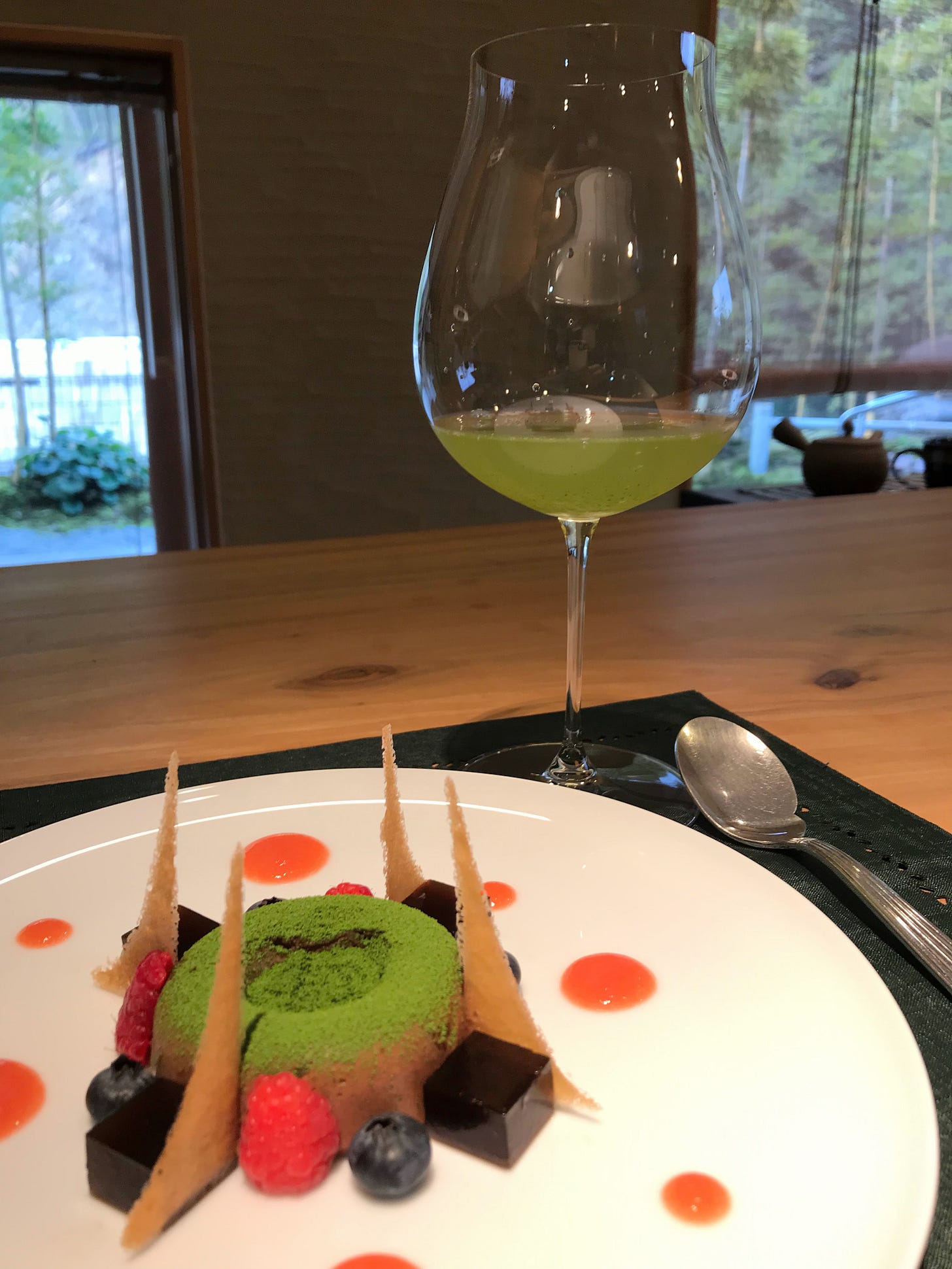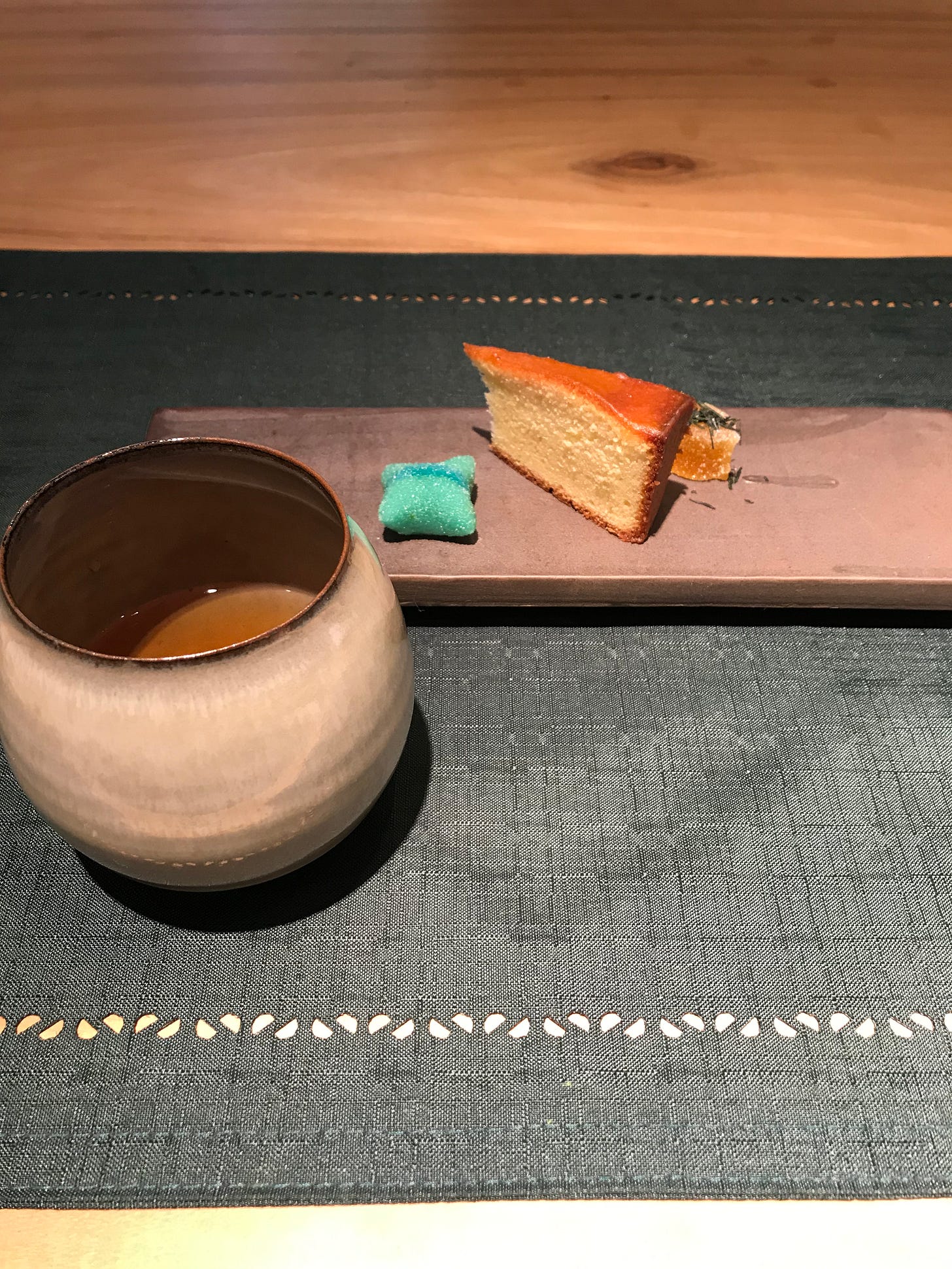When Yasuhiko challenged his new store style, there were very few cafes available in tea shops but no tasting place to pursue selling tea as luxury items. Soon he got a lot of attention from other people such as in the tea industry and his local society. They were skeptical of what he was doing. Yasuhiko himself had a conflict with his anxiety about whether or not this was really correct because it was unprecedented. However, he thought it would be natural to make Japanese tea more popular in modern times with a tasting presentation. It may have been fortunate for him as the 3rd generation to have a kind of tailwind by his father in the succession of his family business since he was also a challenger.
Yasuhiko thinks that it is difficult to simply convey cultural differences among different countries when he challenges the overseas market. To compromise differences in cultures and customs, it is important to deliver Japaneseness with “the fusion of food and tea” , what he calls it “pairing.”
In the old days, Zen priests used to drink tea to keep themselves awake during zazen meditation and to heal dry throats. Today, Yasuhiko is pursuing a way of enjoying pairing with various meals, ingredients, sweets, etc. with the key word “umami” of Japanese tea diversity. He wants to expand this pairing to target not only Japanese cuisine but also other countries' national one. We would like to support the creation of culture and customs that allow Japanese tea to be enjoyed in various ways. And it is also the common goal of EnArtEx to increase Japanese tea fans who wants to visit this tea production area of Yame(八女) for sightseeing.






